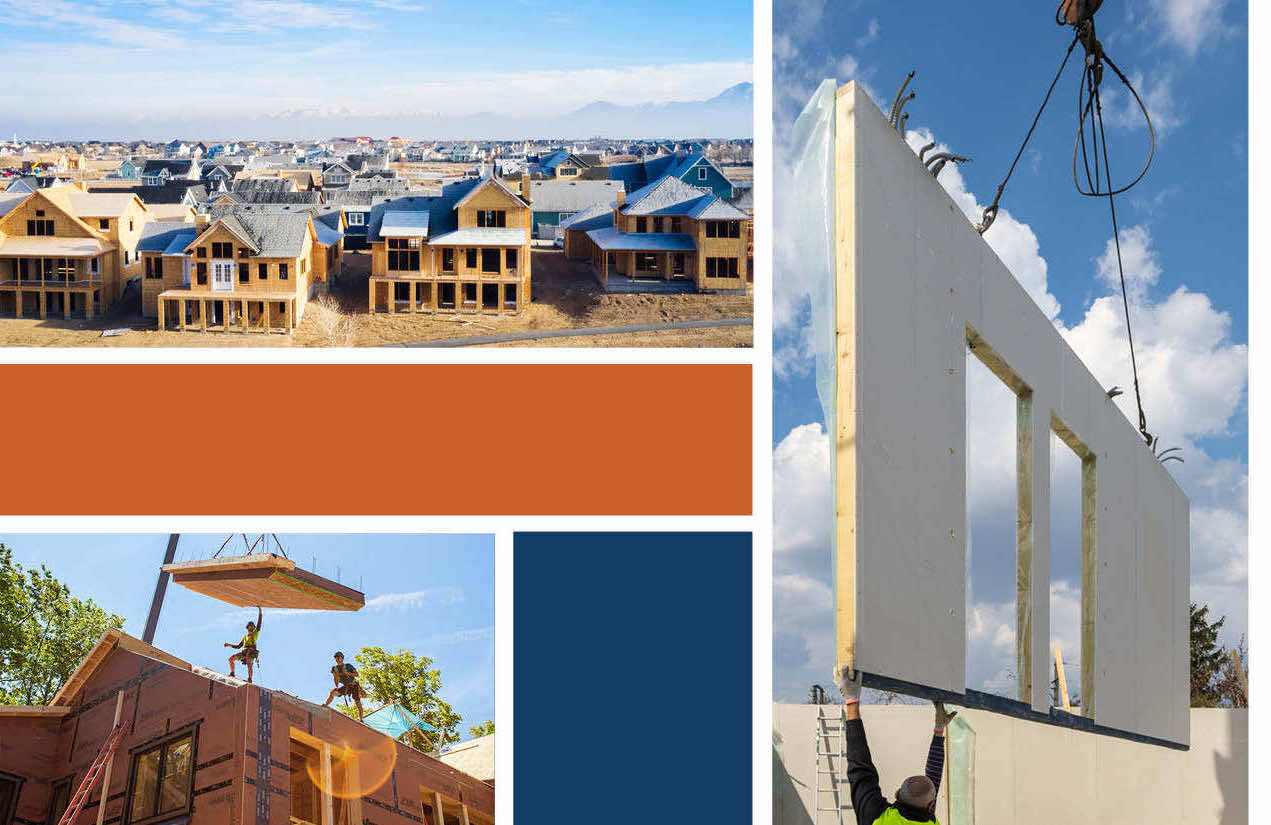
Webinar – HomebuildersCAN Official Launch
WatchAbout This Event
HomebuildersCAN Official Launch:
A Win-Win Scenario for Embodied Carbon and Energy Efficiency
Join us for the official launch of the HomebuildersCAN program, a community of practice to educate and encourage builders to reduce the embodied carbon emissions associated with their homes. Developed by RMI with an industry stakeholder group, HomebuildersCAN is preparing the sector for anticipated regulation and investor pressure to address scope 3 emissions.
Learn about how to sign up and all of the benefits that come with membership, including working alongside experts and leading practitioners to 1) increase performance on embodied emissions and share your successes, 2) adopt and scale profitable climate-smart building practices, and 3) advocate for alignment across the sector.
As a bonus, we introduce a study on the impacts of airtightness, one of the most effective strategies for reducing both the embodied carbon and increasing the energy efficiency of homes —a true win-win scenario. Meeting climate targets requires that the building construction industry addresses embodied carbon emissions for holistic sector decarbonization, in line with RMI’s mission to secure a clean, prosperous, and zero-carbon future for all.
If you have any questions about this or related content, please email us at HomebuildersCAN@rmi.org.
To become a member, please fill out this form: https://rmi.org/homebuilderscan/join/.
Speakers

Paula Melton
Editorial Director at BuildingGreen

Eric Werling
Owner and Principal Consultant of Home Innovation Strategies

Beverly Craig
Program Director on the Buildings team at the Massachusetts Clean Energy Center (MassCEC)

Andrew Guido
Vice President of Sustainability & Innovation for Empire Communities
Resources
The Hidden Climate Impact of Residential Construction
RMI's new report on embodied carbon illuminates the hidden climate emissions in low-rise residences and strategies for builders to make cost-effective reductions quickly.
Embodied Carbon 101: Building Materials
Embodied carbon represents the millions of tons of carbon emissions released during the lifecycle of building materials, including extraction, manufacturing, transport, construction, and disposal.

